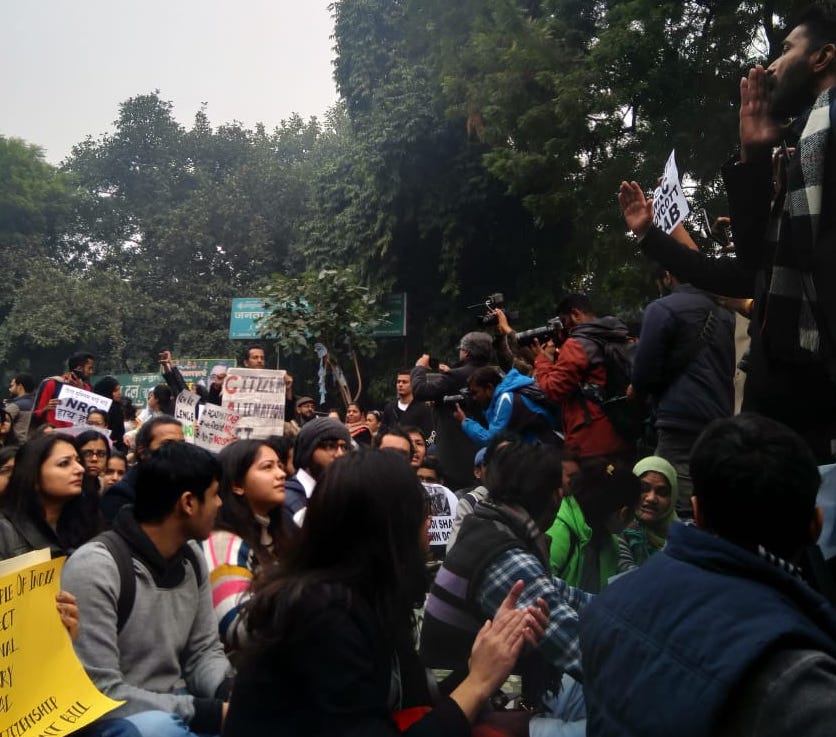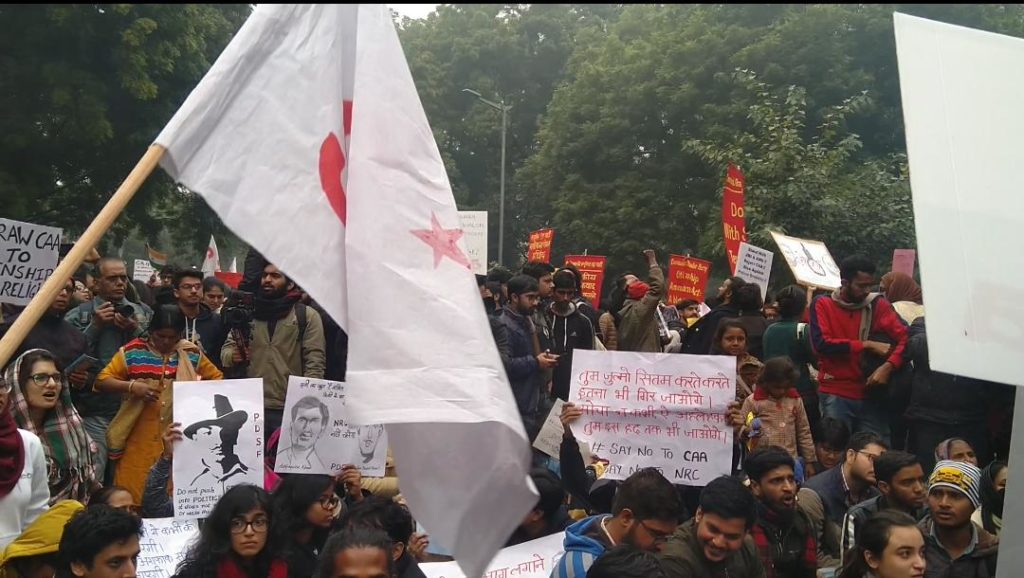
The citizenship amendment bill passed by both houses of the parliament saw a nationwide uprising of different sections of people; the most vocal being university students. Students constitute one of the most knowledgeable, dynamic and privileged strata in all societies. “By virtue of their exposure to education and intellectual trends, youthful idealism and unbounded energy, comparative freedom from job and family responsibility and acute political awareness, they present an easily mobilisable compact mass which, when harnessed, has generated considerable force that has produced an immediate impact on society and influenced the pace of social change” observes social scientist Subas Chandra Hazar.
In developing societies like India students are among the few modern, literate and politically conscious elements. As potential members of the elite, their political behavior and orientation have far reaching significance for the emerging political culture of their societies. The student movement in India has a long history starting from the Independence movement. Independent India witnessed students rising against Emergency and the Mandal commission. Over the decades, many more large scale and regional movements have produced a deep social commitment among students. However, India has never witnessed a nationwide student movement based on one issue. A destabilized economy, majoritarian regime, curtailment of fundamental rights all calls for a nationwide student protest right now.
Last two three years have seen the Indian campuses to be really restless. Almost all the central universities in India participated in one or the other protests, the incidents in Jawaharlal Nehru University and Hyderabad central university gaining more media and popular attention. Student movements have always been eclectic, nonconformist, progressive and anti-establishment. Student movements always have a bottom-up approach instead of the top-down approach of right-wing movements which are status-quoist, restorative and mainly led by pro-government forces. Indeed, in many democracies, the protector of people’s rights has been an enlightened youth. India, a country that houses more than 600 million young people, more than half of its population being youth will have to yield to the changes they bring.

“Be realistic, dream the impossible”, when a bunch of students occupied the streets of Paris with this slogan in the spring of 1968, it forever changed the way world looked at problems and solutions, it was a protest that showed a lot of new possibilities – the potential power of street and most importantly, the potentiality of students as the agents of change. Students have always been an active group in the history of protest ranging from anti-colonial movements to rallies against climate change. The velvet revolution, the May 4th movement- all started as student movements and eventually manifested into other social political revolutions.
In a book named Youth in Revolt, the author talks about the unprecedented expansion of the student population (India has the third largest number of college students in the world, after the United States and the Soviet Union) and its growing heterogeneity have made the mobilisation of the entire student community difficult, if not impossible, and have obscured the role of national student organizations. What role will student politics play in India in future is unclear, however student political activism is clearly not dead in India and remains as one of the strongest weapons against the majoritarian rule.
Author: Vinaya

